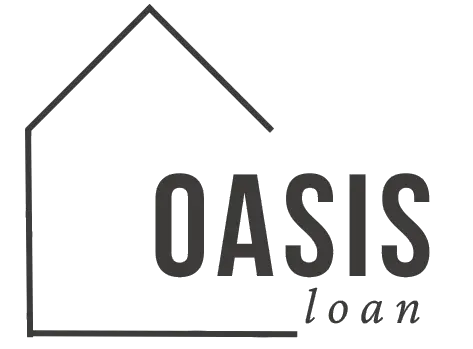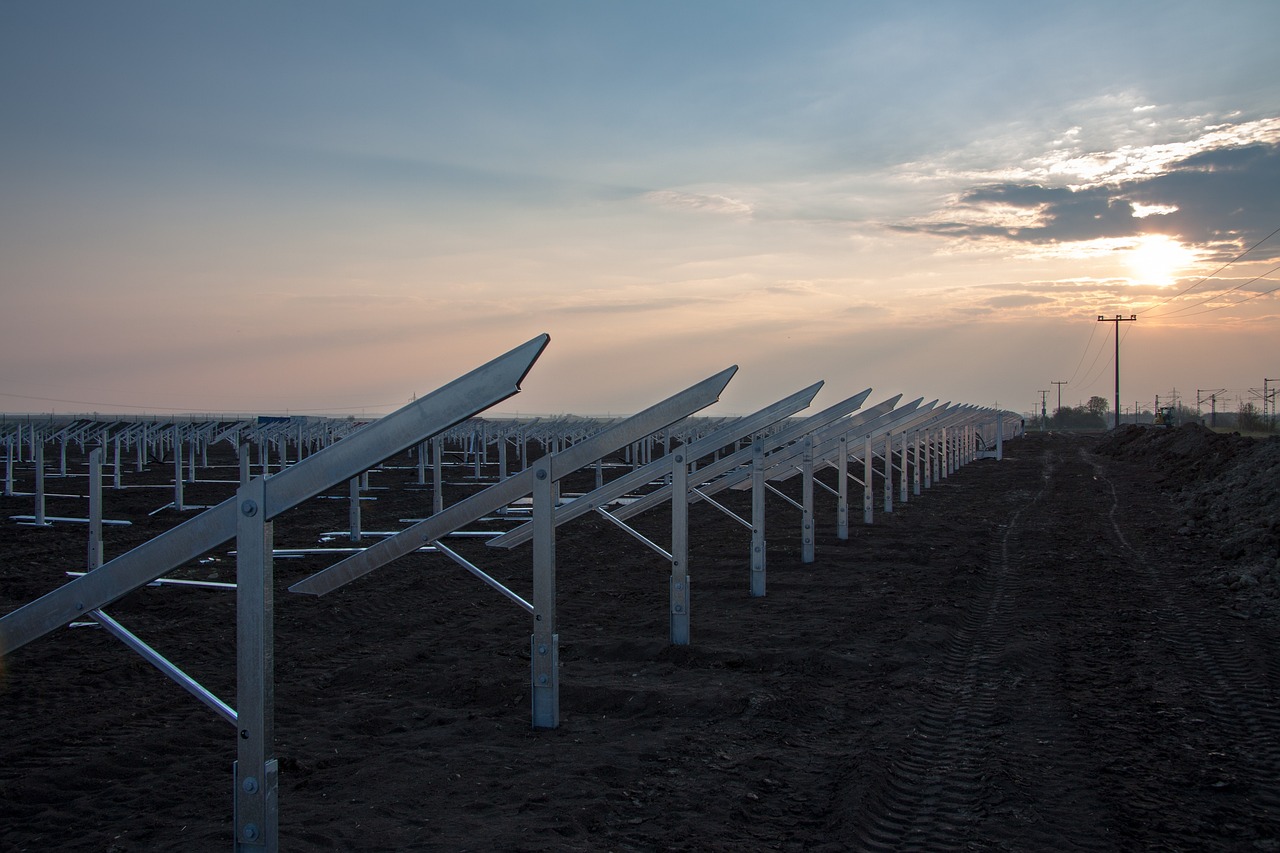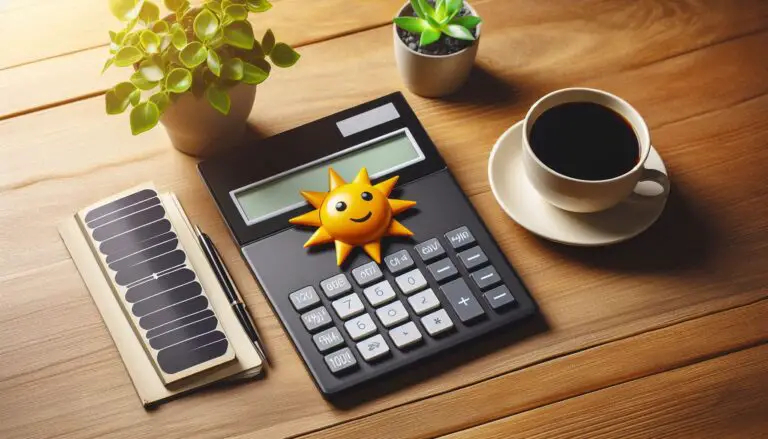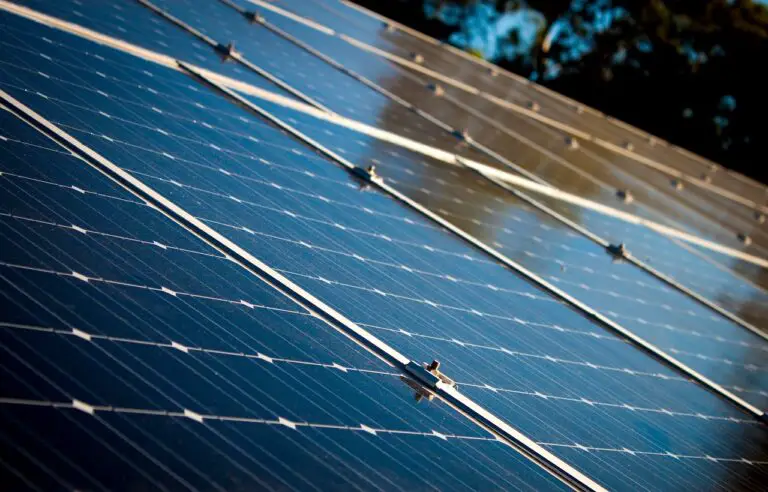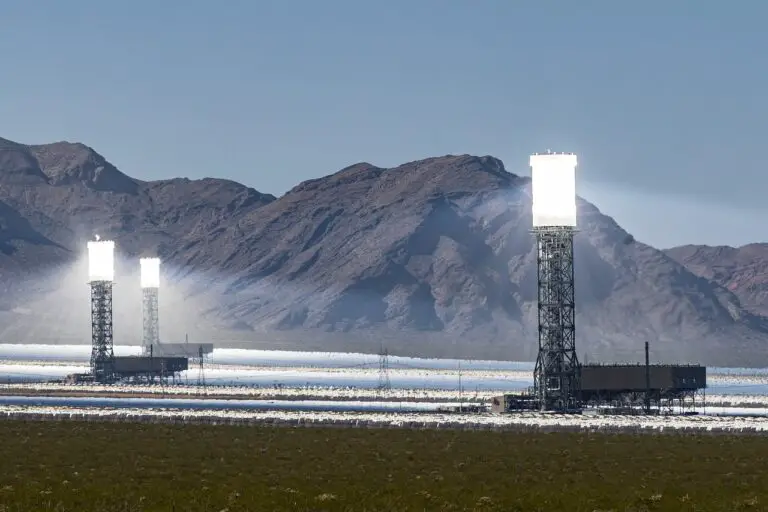Overview of Effective Green Renovation Strategies
Green renovation strategies are essential for creating more sustainable homes while enhancing energy efficiency. Implementing these strategies not only benefits the environment but also can lead to significant savings on energy bills. This article provides an overview of effective green renovation strategies, focusing on integrating loans for solar panels and green home improvement loans to make these upgrades accessible and affordable.
1. Understanding Green Home Improvement Loans
Green home improvement loans are designed to help homeowners finance energy-efficient renovations. These loans offer favorable terms and conditions to encourage sustainable upgrades.
Benefits of Green Home Improvement Loans
Green home improvement loans often come with lower interest rates compared to traditional loans. They may also offer flexible repayment options, making them an attractive choice for homeowners seeking to make eco-friendly improvements. Additionally, these loans can cover a range of projects, from installing energy-efficient windows to upgrading insulation.
Types of Green Home Improvement Loans
There are several types of green home improvement loans available, including:
- Energy-Efficient Mortgages (EEMs): These mortgages allow homeowners to finance energy-efficient upgrades as part of their home purchase or refinancing process.
- Property Assessed Clean Energy (PACE) Financing: This financing method allows homeowners to pay for energy-efficient improvements through property tax assessments.
- Personal Loans: Unsecured personal loans can be used for green home improvements, though they may come with higher interest rates compared to specialized loans.
For more information on green home improvement loans, you can visit Energy.gov or PACE Financing.
2. Utilizing Loans for Solar Panels
Loans for solar panels make it easier for homeowners to invest in solar energy systems. Solar panels reduce electricity bills and contribute to a more sustainable energy future.
Benefits of Loans for Solar Panels
Loans for solar panels offer several advantages, including:
- Lower Energy Costs: Solar panels can significantly reduce your monthly electricity bills.
- Increased Property Value: Homes with solar energy systems often see an increase in property value.
- Environmental Impact: Solar panels reduce reliance on fossil fuels, decreasing your carbon footprint.
Types of Loans for Solar Panels
Different types of loans are available to help finance solar panel installations:
- Solar Installment Loans: These loans are specifically designed to cover the cost of purchasing and installing solar panels. They often come with favorable terms, including low-interest rates and flexible repayment options.
- Home Equity Loans: If you have sufficient equity in your home, you can use a home equity loan to finance solar panels. This option may offer lower interest rates compared to other loan types.
- Solar Leases and Power Purchase Agreements (PPAs): While not loans, these financing options allow you to install solar panels with little to no upfront cost, paying a monthly fee for the energy produced.
Explore more about loans for solar panels at Solar Energy Industries Association or Bankrate.
3. Implementing Energy-Efficient Renovations
Energy-efficient renovations are a key component of green home improvements. These upgrades not only enhance the sustainability of your home but also lead to long-term cost savings.
Insulation and Air Sealing
Proper insulation and air sealing are fundamental to improving energy efficiency. Upgrading insulation in walls, attics, and floors reduces heat loss in winter and keeps homes cooler in summer. Air sealing prevents drafts and improves overall comfort.
High-Efficiency Windows and Doors
Installing high-efficiency windows and doors can significantly lower energy bills by reducing heat transfer. Look for windows with low-emissivity (low-E) coatings and high R-values for optimal performance.
Energy-Efficient Appliances
Upgrading to energy-efficient appliances, such as refrigerators, washing machines, and HVAC systems, can reduce energy consumption. Look for appliances with the ENERGY STAR® label, which indicates they meet high-efficiency standards.
4. Incorporating Renewable Energy Systems
Incorporating renewable energy systems into your home can further enhance its green credentials. Beyond solar panels, several other systems can contribute to sustainability.
Wind Turbines
Small wind turbines can be an effective way to generate electricity, especially in areas with consistent wind patterns. They work well in combination with other renewable energy sources to reduce reliance on grid power.
Geothermal Heating and Cooling
Geothermal systems use the earth’s natural heat to provide heating and cooling. They are highly efficient and can result in significant energy savings over time.
Rainwater Harvesting Systems
Installing rainwater harvesting systems allows you to collect and store rainwater for irrigation and other non-potable uses. This reduces water consumption and helps manage stormwater runoff.
5. Taking Advantage of Tax Incentives and Rebates
Government incentives and rebates can offset the costs of green renovations. These financial benefits make energy-efficient upgrades more affordable and accessible.
Federal Tax Credits
Federal tax credits, such as the Investment Tax Credit (ITC) for solar panels, can reduce the upfront costs of renewable energy installations. These credits allow homeowners to claim a percentage of the installation costs on their federal tax return.
State and Local Incentives
Many states and local governments offer additional incentives for energy-efficient renovations. These can include rebates, grants, and tax credits for various green home improvements. Check with local energy offices or utilities for available programs.
Utility Company Rebates
Some utility companies provide rebates for energy-efficient upgrades, such as high-efficiency appliances or home insulation improvements. These rebates can further reduce the overall cost of your green renovation projects.
For information on tax incentives, visit IRS Energy Efficiency Incentives and Database of State Incentives for Renewables & Efficiency (DSIRE).
Conclusion
Effective green renovation strategies encompass a range of approaches, from securing green home improvement loans to implementing energy-efficient upgrades and incorporating renewable energy systems. By taking advantage of these strategies, homeowners can create more sustainable living environments while enjoying long-term financial benefits.
Loans for solar panels and other financing options make it easier to invest in green renovations, contributing to a healthier planet and a more comfortable home.
